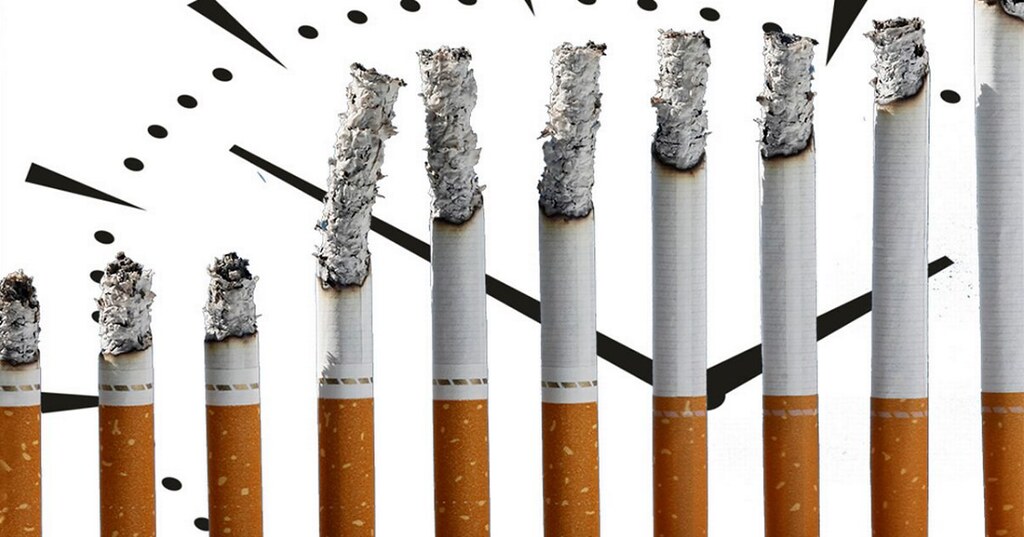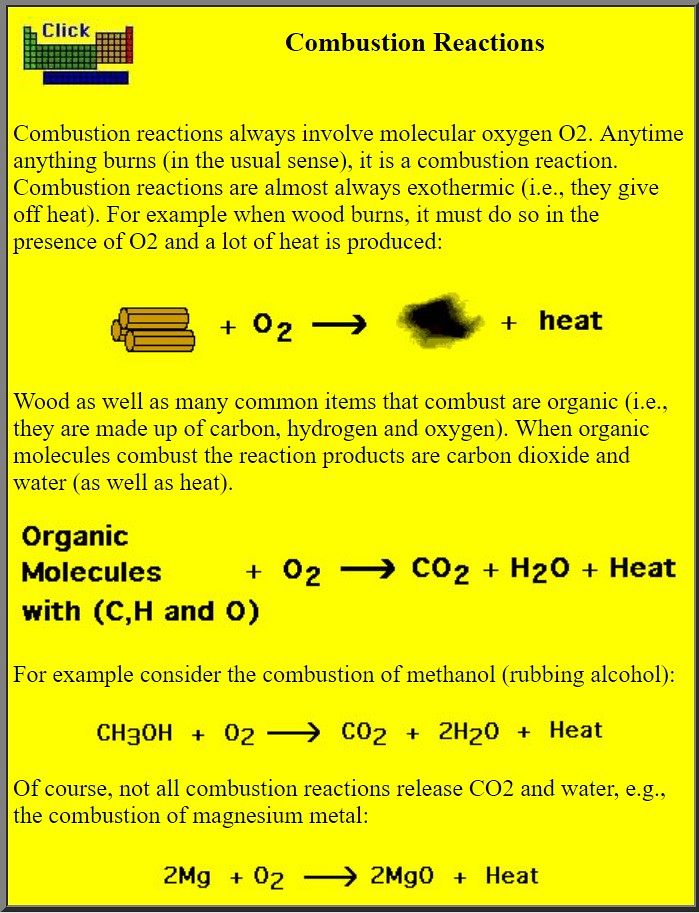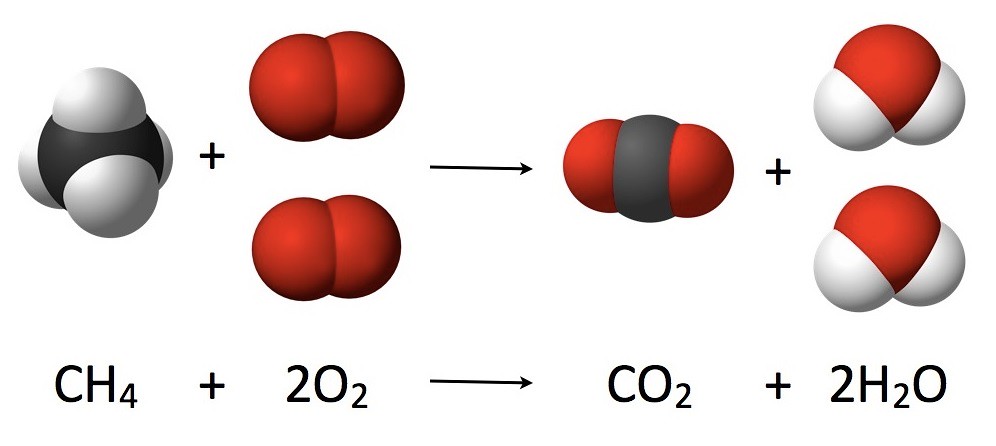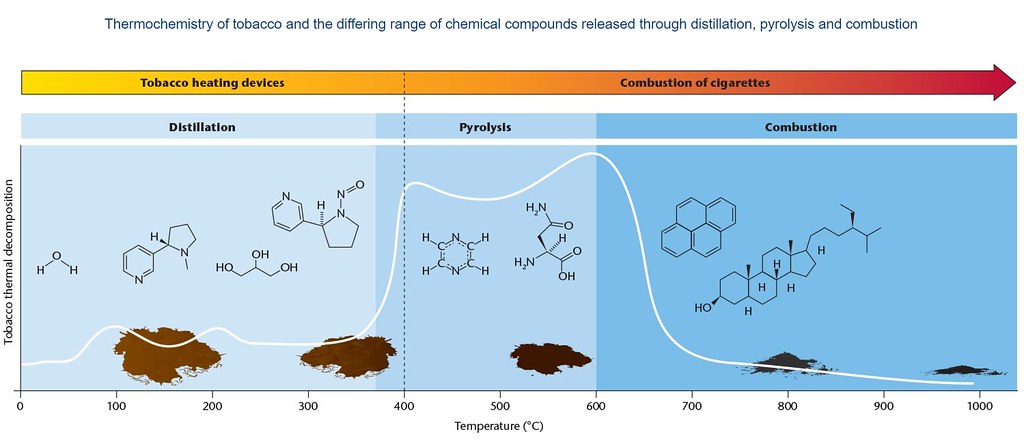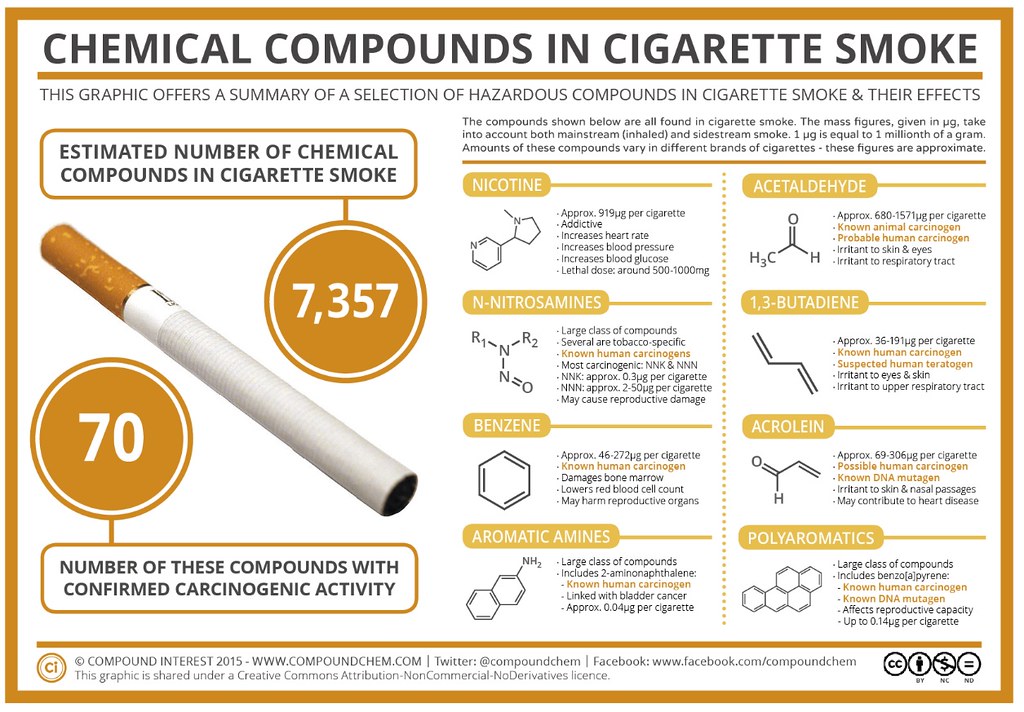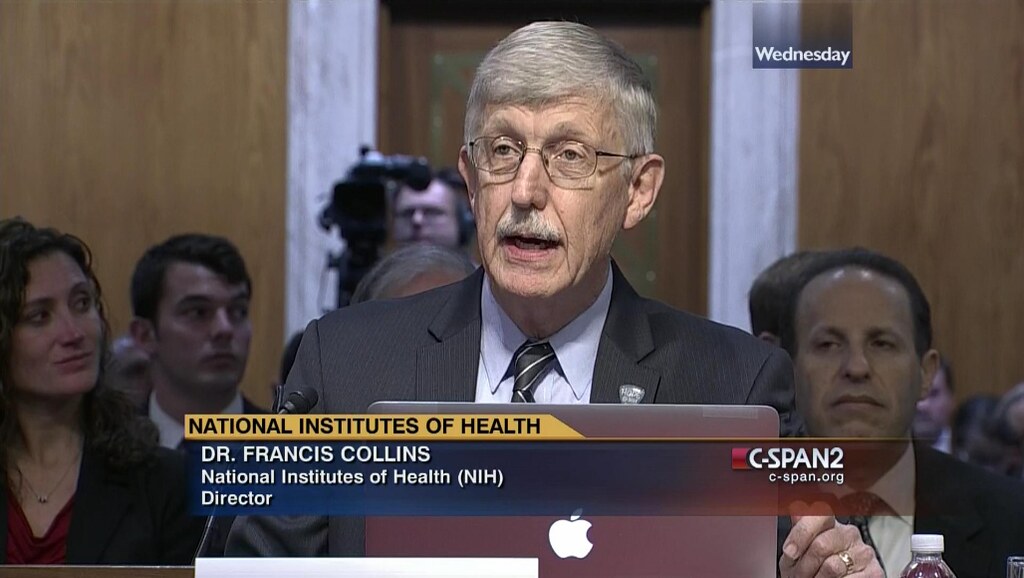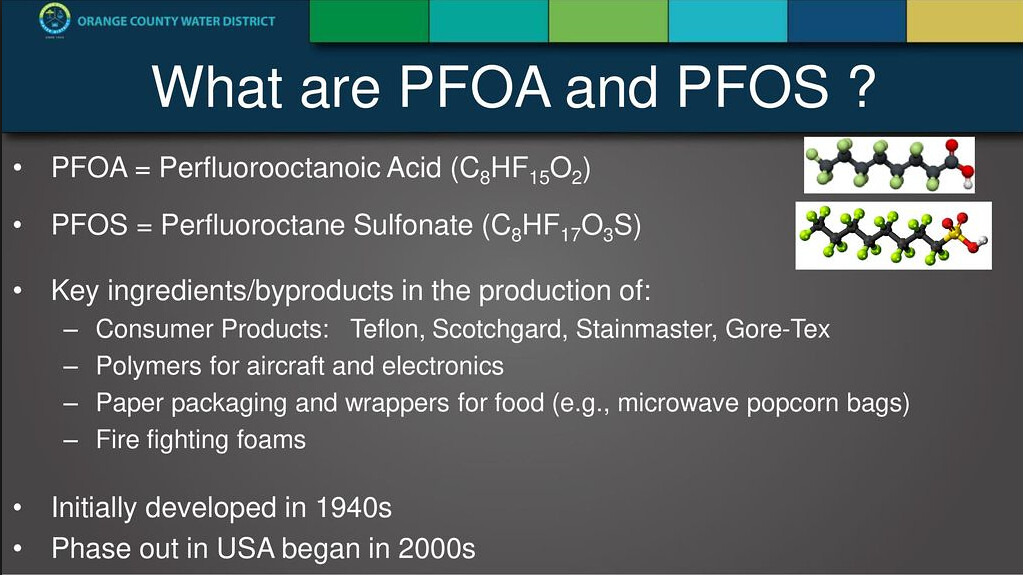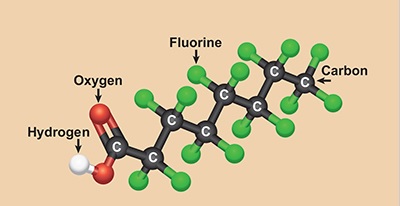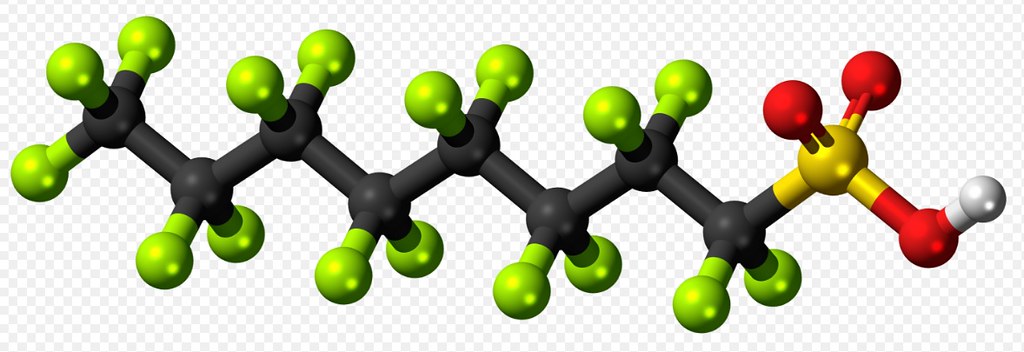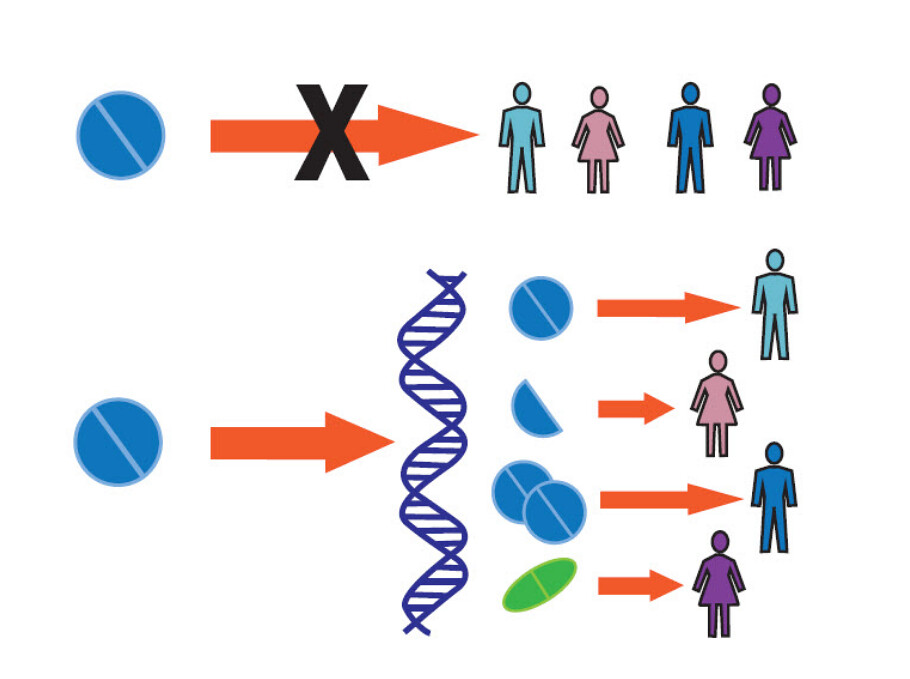Source: Mirror.co.uk
By now there are probably few people who are not aware of the dangerous aspects (health dangers) of smoking cigarettes. The adverse health impact of smoking cigarettes is very visible in our society today. People are dying of lung cancer due to smoking. Additionally, the tobacco industry lost a landmark case in the late '90's' for covering up the fact that nicotine is addictive and the industry was aware of that fact. Currently, the movement is now shifting toward 'vaping'. I wrote a blog post about the potential hazards of vaping which can be found here. For this blog post, I thought that I would talk a little about cigarettes and the dangers behind them.
Cigarette Production Is Dangerous
Recently, I stumbled upon a video created by the U.S. Food and Drug Regulatory Agency regarding the dangers of cigarettes (3 minutes in length):
Let's take a step back and review the crucial steps outlined in the video above:
1) Plant
2) Harvesting/Processing
3) Combustion
Below, each of the above steps are slightly elaborated on for the purpose of clarity for the reader:
1) Plant Stage:
As indicated in the video, plants have natural 'pesticides' defense mechanisms to keep bugs and invaders away. Just so happens that the pesticide commonly found in tobacco plant is the addictive component in cigarettes -- Nicotine. In the late 90's, a huge lawsuit ensued around the tobacco companies disregard for evidence that was in their hands regarding the 'addictive nature' of nicotine. One of the largest legal battles gave the largest monetary settlement which cost the tobacco companies hundreds of millions of dollars.
On top of the addictive nature of the chemical nicotine, plants also have a wide range of chemicals stored in their arsenal to carry out day to day operations. In addition to the arsenal of compounds needed for daily operation, plants also uptake chemicals found in the soil. Which means that toxic metals like arsenic or lead (not to mention cadmium) could potentially be incorporated into the cigarette's composition solely based on growth location. Additionally
For instance, what if a tobacco field was next to a chemical plant? Any chemicals which made their way into the air and further into the soil could potentially end up in the cigarette that you hold in your hand. These are just the chemicals which make their way into your cigarette by being in the soil in which the tobacco plant is grown in. Rarely do people consider chemicals leaching (entering) into a plant if diffusing from a far off chemical or industrial plant. Location matters.
2) Harvesting/Processing Stage:
The next stage after the planting the tobacco plant and allowing them to grow is the 'harvesting/processing' stage. The plant is taken from the ground and exposed to the 'curing process' during which 'tobacco specific nitrosoamines' are formed. Termed 'TSNA's' by the Food and Drug Administration (FDA), these compounds are known carcinogens which cause cancer in both the lungs and esophagus. The tobacco plant is dried out during the curing process and treated with specific chemicals to prepare the plant for processing into a cigarette.
During the 'processing stage' of the production of cigarettes, at different stages chemicals are added to the tobacco plant to mask undesirable features in a cigarette such as harshness or odors along with undesirable tastes. These chemicals or sugars can eventually become acid aldehydes which are known carcinogens. Other chemicals may be added during the processing stage to enhance other qualities of the cigarette which contribute to the desirability of the final product which resides in the consumer's hand. The point is that during the harvesting/processing stage, the tobacco is exposed to a large number of chemicals which was previously unknown to any reader of this article. One large assumption is that all harmful chemicals are produced in the combustion process -- which is far from true.
3) Combustion Stage:
In the combustion stage, the cigarette has been formed into the familiar product sold in packages shown in the introductory photo above. The process of burning the cigarette is defined as a 'combustion' process explained beautifully by the Government of Canada below:
Combustion is referred to as a chemical reaction.Here is an example of a chemical reaction: a nail getting rusty (the metal oxidizes in the presence of oxygen).Matter is changed by combustion.Combustion modifies the order and organization of atoms in chemicals.Order and organizationJust in the same way building blocks can be put together, taken apart and re-assembled to form a new construction, atoms can be put together, taken apart and re-assembled to form new chemicals.In combustion, oxygen from the air and intense heat cause the atoms of the chemicals naturally present in the tobacco plant to reorganize into new chemicals.The example shown here demonstrates this modification using building blocks as an analogy.When a cigarette burns, the chemicals in the tobacco are changed into new chemicals!Many of these new chemicals are toxic.
To understand the chemistry behind a combustion reaction, here is an image taken from the University of Indiana -- with a quick but concise lesson on combustion reactions shown below:
As shown in the image above, the combustion reaction is portrayed in the first reaction line with a pile of wood reacting with "Oxygen (O2)" producing black smoke and heat. These are not conventional symbols (or chemical language), the reaction is represented in the basic sense -- visually. Here is the combustion reaction of paper shown below:
Source: byjus.com
In the reaction above, methane reacts with 2 moles of oxygen to produce carbon dioxide along with 2 moles of water. For more about moles, visit previous blog posts. Or consult the wikipedia page for Avogadro's Number by clicking here. The point is that during the combustion reaction, atoms rearrange themselves. In the product phase, there is extra energy given off as 'heat'. Below is a spectrum of different thermal (heat driven) processes: distillation, pyrolysis, and combustion. On the x-axis is temperature.
Source: Bat-Science
By clicking on the 'Source link' below the image, the enlarged (larger) image will appear. The point of the picture above is to show that if different amounts of heat is applied to the same tobacco (chemical), then different products will be given off. This is a very important concept to grasp when thinking in terms of energy and chemistry reactions.
Depending on the source (different measures), the combustion of cigarette smoke produces a range of chemical products. But wait, above, in the simple combustion reaction the products were: Carbon dioxide, Water, and Smoke along with Heat? Yes, that smoke contains harmful (toxic) chemicals. Here is an infographic produced by 'Compound Chemistry' detailing a multitude of compounds contained in cigarette smoke:
Source: Compound Chemistry
Again, by clicking on "Compound Chemistry" in the 'Source' - below the picture, a larger (the original) image will appear in a webpage. The number of compounds (chemicals) found in cigarette smoke are limited by the ability to measure the exact composition of chemicals. Additionally, combustion produces partial decomposition products too. As technology improves, the ability to measure a more precise composition of chemicals will emerge over time.
Conclusion...
Chemistry is pervasive throughout the world. Molecules are made up of atoms of space. The atoms are connected with bonds which are made up of shared electrons. These forces (bonds) can be broken with sufficient energy (i.e. heat) such as in the combustion reaction. Upon which other molecules are formed. Why do I stress this obvious aspect of chemistry?
The reason is that during the process of growing tobacco to the process of combustion involves the making and breaking of chemical bonds which results in various chemicals. The take home message in the post above is that more chemicals exist which are harmful in cigarettes than are advertised or reported by the tobacco industry. In the future, I will talk more about vaping and the parameters which contribute to the dangerous chemicals which are produced in the process of enjoying vaporizing 'juice'.
Related Blog Posts:
Chemistry Reactions Are Amazing - See For Yourself
Chemists Learn To Build Up Nanoparticles -- One Atom At A Time!
How Much Water Is Contained In All Oceans Around The Globe?
Dimensional Analysis Of Statistics And Large Numbers - Index Of Blog Posts
What Is Dimensional Analysis?
